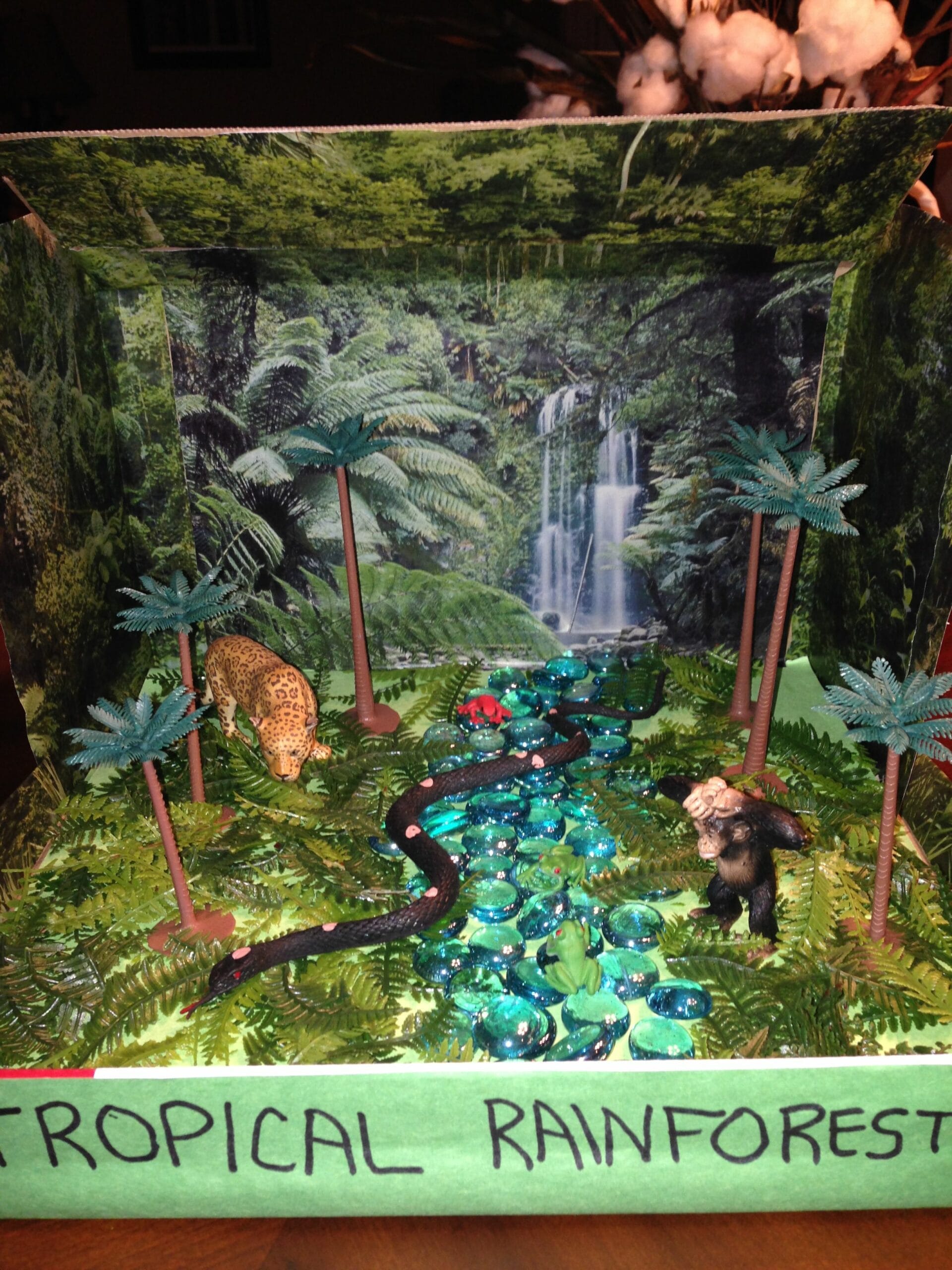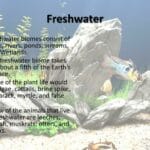Life explodes in a riot of color and form, not just in the emerald embrace of rainforests, but also beneath the waves, in hidden worlds teeming with biodiversity. From the bustling cities of coral reefs to the mysterious depths of hydrothermal vents, these ecosystems pulse with life, demanding our attention and protection. Join us on a journey to discover these extraordinary places, where the richness of life rivals even the mighty rainforest.
Coral Reefs: The Rainforests of the Sea
When we ponder biodiversity—the sheer abundance and variety of life—rainforests often dominate our thoughts. Yet, a vibrant underwater realm rivals the rainforest’s prolific life: the coral reef. Often called the “rainforests of the sea,” coral reefs teem with an astonishing array of creatures. Imagine corals in every hue imaginable, fish shimmering like jewels, and curious invertebrates tucked within crevices—a bustling metropolis of life. Just like a rainforest, a coral reef is a complex web, each species playing a vital role, interconnected in a delicate dance of survival. To avert possible complications, such as dorsal recumbant, and for a more in-depth study, the extrusion reflex plays a crucial role in some reef inhabitants.
Beyond Coral: Other Biodiversity Hotspots
Coral reefs aren’t the only ecosystems challenging the rainforest’s biodiversity crown. Other fascinating habitats deserve our attention, each harboring a unique collection of species. Mangrove forests, those coastal havens where trees stand tall with roots submerged in saltwater, act as nurseries for marine life. These tangled forests provide shelter and sustenance for young fish and other ocean creatures, while simultaneously protecting coastlines from the ravages of storms and erosion, serving as natural barriers.
Deep-sea hydrothermal vents, where hot, mineral-rich water gushes from cracks in the ocean floor, also offer a surprising abundance of life. Despite the extreme conditions of darkness and intense heat, these vents support unique communities of organisms thriving on the dissolved chemicals, creating an ecosystem unlike anything we encounter on land. Research suggests that the biodiversity in these extreme environments may be far greater than previously imagined.
Kelp forests, with their towering seaweed swaying in ocean currents, create another unique habitat. These underwater forests provide a sanctuary for a diverse range of species, from sea otters and seals to colorful fish and invertebrates. Kelp also plays a critical role in absorbing carbon dioxide, contributing to climate change mitigation.
The Importance of Biodiversity Hotspots
These vibrant ecosystems aren’t merely beautiful; they provide essential services that benefit all life. Coral reefs, as mentioned, offer coastal protection and sustain fisheries that feed millions. Mangroves act as natural filters, purifying water and mitigating floods. Deep-sea vents, though hidden, contribute valuable minerals to the ocean. Kelp forests, with their carbon-absorbing capabilities, play a crucial role in regulating our climate.
Threats and Conservation
Sadly, these invaluable ecosystems face grave threats. Climate change, with warming waters and ocean acidification, poses a significant danger to coral reefs. Pollution from plastics and other waste further damages these fragile underwater worlds. Mangrove forests are being cleared for development, while deep-sea vents face potential risks from mining activities. Even kelp forests are vulnerable to pollution and fluctuating ocean temperatures.
Ongoing research seeks to better understand these unique ecosystems and develop effective conservation strategies. Scientists are exploring novel techniques to restore damaged coral reefs and identify areas most susceptible to climate change. Growing awareness of the importance of pollution reduction and habitat protection fuels conservation efforts. Education is paramount; the more we understand these ecosystems and the threats they face, the more likely we are to support their preservation. By acting responsibly, reducing our carbon footprint, and supporting sustainable practices, we can all contribute to safeguarding these biodiversity hotspots for generations to come. The future of these remarkable places, and indeed the health of our planet, likely depends on it.
Comparing Rainforests and Coral Reefs: A Biodiversity Showdown
The comparison between rainforests and coral reefs often prompts the question: which ecosystem truly reigns supreme in biodiversity? While rainforests boast a greater land area and estimated species count, the sheer density of life within coral reefs is astonishing. Covering less than 1% of the ocean floor, coral reefs support an estimated 25% of all marine species. This incredible concentration of life rivaling the rainforests earns them the title “rainforests of the sea.”
| Feature | Coral Reef | Rainforest |
|---|---|---|
| Biodiversity | Exceptionally high, ~25% of marine species | Exceptionally high, ~50% of terrestrial species |
| Area Covered | <1% of ocean floor | ~6% of Earth’s land surface |
| Ecosystem Role | Coastal protection, fisheries, carbon sink | Climate regulation, biodiversity hotspot |
| Threats | Climate change, pollution, overfishing | Deforestation, climate change, agriculture |
Both ecosystems face mounting threats, many stemming from human activities. Climate change, a significant concern for both, leads to coral bleaching and altered weather patterns in rainforests. Pollution from runoff and other sources also damages both, highlighting the interconnectedness of these seemingly disparate environments and the urgency of conservation efforts. Much remains unknown, and ongoing research continues to unravel the complexities of these vital ecosystems. One certainty remains: protecting these biodiversity hotspots is crucial for the health of our planet and the future of countless species.
- Discover the Borough of Frenchtown, NJ: A Delaware River Town Blending History, Art & Nature - November 22, 2024
- Discover Clarks Grove, MN: A Small Town with a Big Heart - November 22, 2024
- Califon Borough, NJ: A Small Town with a Big Heart (and Rich History) - November 22, 2024













